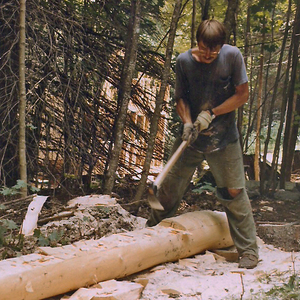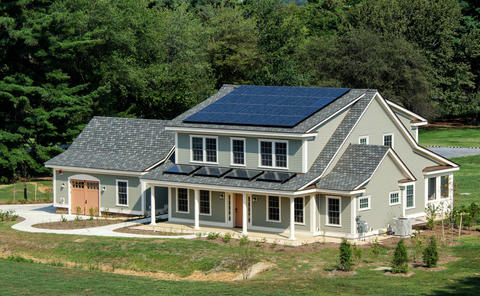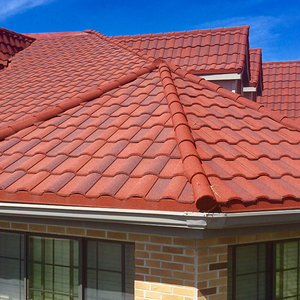
The Internet is awash in articles about environmentally friendly, or “green,” flooring options along with the retailers who specialize in these products. The list of possible choices frequently includes wood, cork, tile, stone, linoleum, and bamboo, but it’s rarely clear what criteria are used to establish their green credentials. In other words, what exactly makes one type of flooring more environmentally attractive than another?
Flooring in a healthy, environmentally friendly house should be non-toxic, durable, and have low levels of embodied carbon. It should be recyclable. It could be reclaimed. The manufacturing process used to produce it should not threaten the well-being of people who work in the factories or those who live nearby, and production should be sustainable far into the future without depleting basic raw materials.
If these goals seem straightforward, quantifying them is another story. For example, bamboo is often cited as an environmentally friendly flooring because it’s made from a fast-growing grass species. But bamboo is grown in China, and the distance from manufacturer to end user incurs a carbon penalty in transportation. What about the binders that hold the fibers of bamboo flooring together? Are all of them non-toxic and low in volatile organic compounds (VOCs)? Is one brand of bamboo flooring like all other brands?
Shawn Hesse, director of business development for the International Living Future Institute (ILFI), borrows an old phrase and puts it this way: The devil is in the details.
Weekly Newsletter
Get building science and energy efficiency advice, plus special offers, in your inbox.
These and other questions illustrate the complexities that builders, designers and consumers face when they’re trying to make the right decisions about flooring as well as other building materials. There are, however, several sources of information that can help buyers sort out the health and environmental characteristics of different types of flooring, including chemical toxicity and embodied carbon.
…

This article is only available to GBA Prime Members
Sign up for a free trial and get instant access to this article as well as GBA’s complete library of premium articles and construction details.
Start Free TrialAlready a member? Log in















6 Comments
Interesting article! Would love to get some opinions on underlay as well. Presumably, cork would be the the highest on that list?
Nice overview Scott! I commend you for your definition of what flooring SHOULD be--starting with non-TOXIC; and for your spot-on critique of most guides to 'green' or 'sustainable' products! You ROCK, dude! And I appreciate the links you provided to other resources. It's essentially impossible to get ingredients info from manufacturers and the federally required "SDS" rarely provides ANY chemical info and does not disclose anything the manufacturer considers proprietary/trade secret. So many building materials, furnishings, etc are loaded with so many unregulated chemicals: that's why building indoor air is usually a toxic soup mix of chemicals. We usually do NOT have a choice of a HEALTHY product--it's typically a choice of which product is LESS unhealthy than the others because it contains fewer toxic/unhealthy ingredients than the others.
Scott, re bamboo flooring: I have NOT had any luck finding out what adhesives & finishes are used on any brands, so i can assess relative potential outgassing of VOCs or non-VOC odors. Any ideas?
Terry,
You can ask the manufacturer directly about the binders that are used in its flooring and then look the chemicals up in the Pharos database. If you search for "bamboo flooring" at the Healthy Building Network's HomeFree website you'll get some general information about the binders that are used. (The links are in the text above.) Shawn Hesse at ILFI suggested that consumers who are frustrated about a lack of information from manufacturers ask them why they don't have a Declare label—he thinks that kind of pressure can help. I wish I could be more helpful.
I'm curious how finished concrete would compare. We're building a slab-on-grade so it's one of our choices.
RGalbraith,
Finished concrete runs quite a spectrum. The simplest is to just power-trowel the slab and apply a sealer. You can also polish the surface revealing the aggregate, acid etch, stain before sealing, and saw-cut either just enough to limit cracking, or at more frequent intervals to form a pattern. These saw-cuts are also sometimes grouted.
The first option is cheaper than any other flooring option. If you incorporate all the other possible steps it can get up there.
Log in or become a member to post a comment.
Sign up Log in